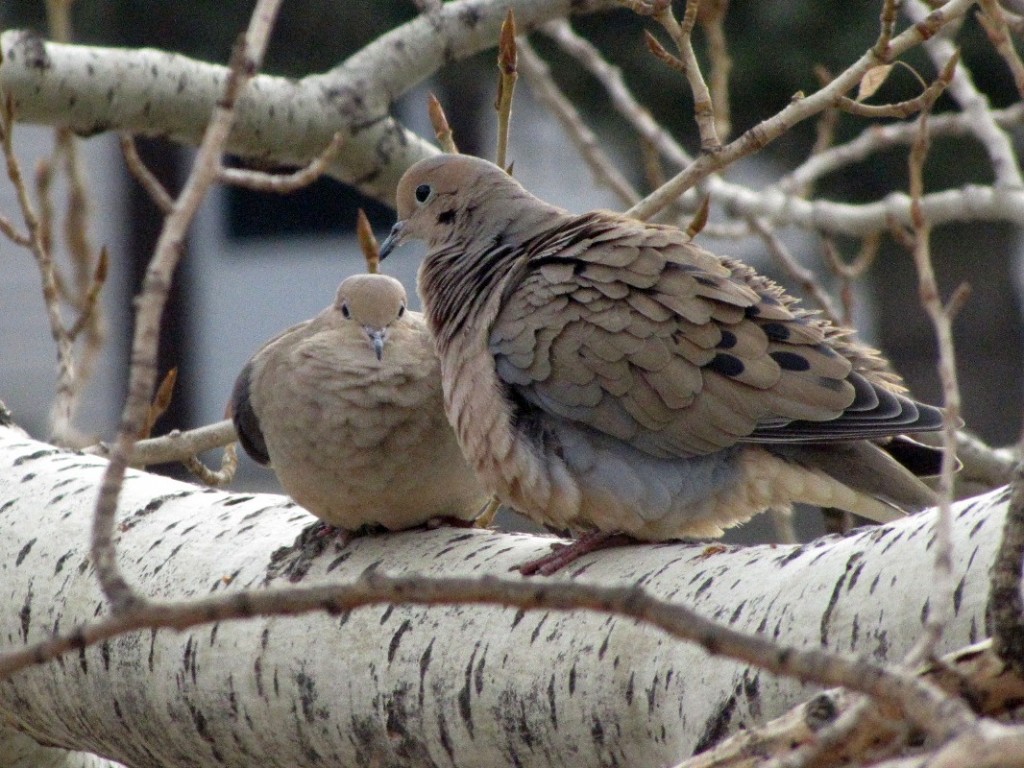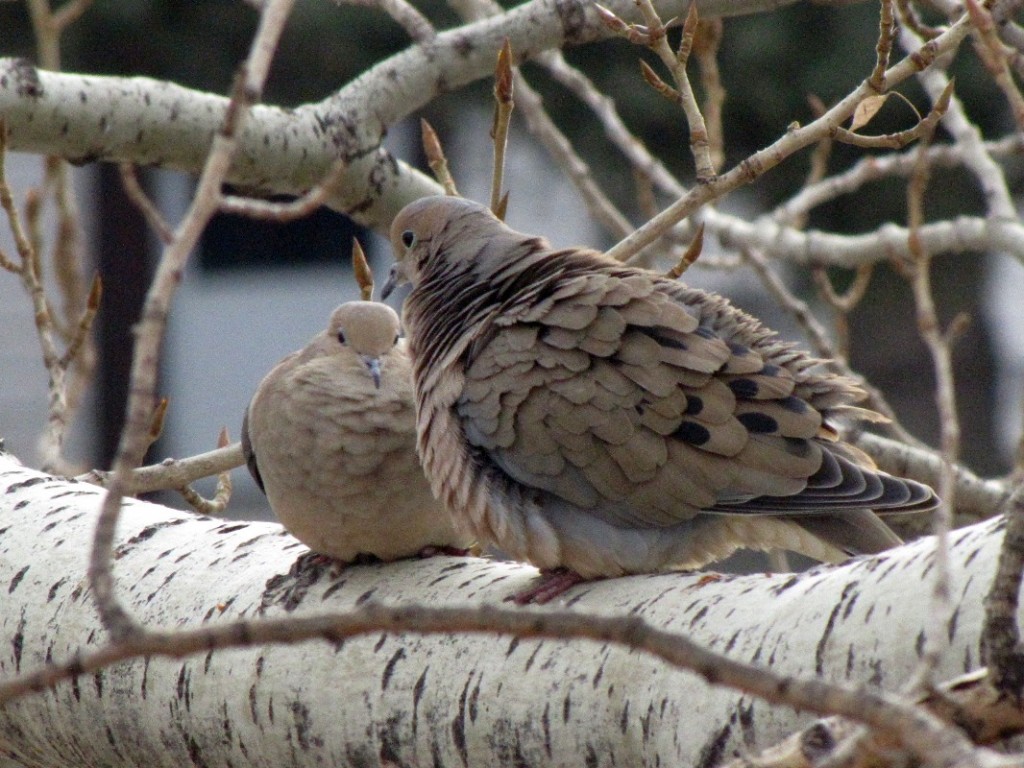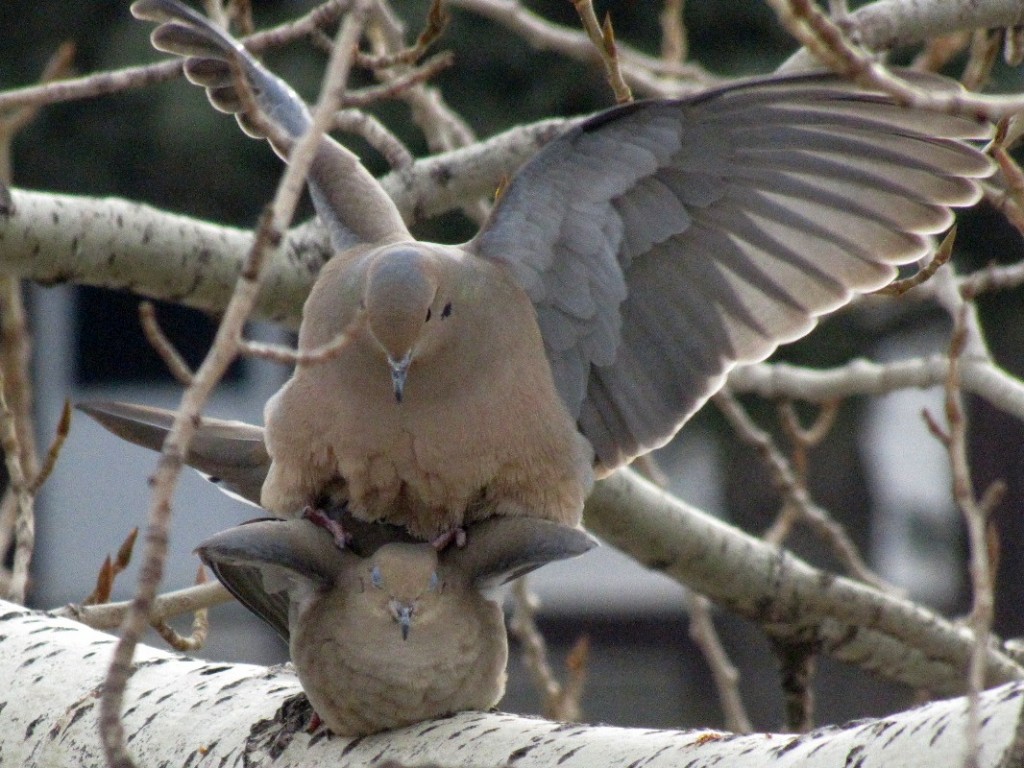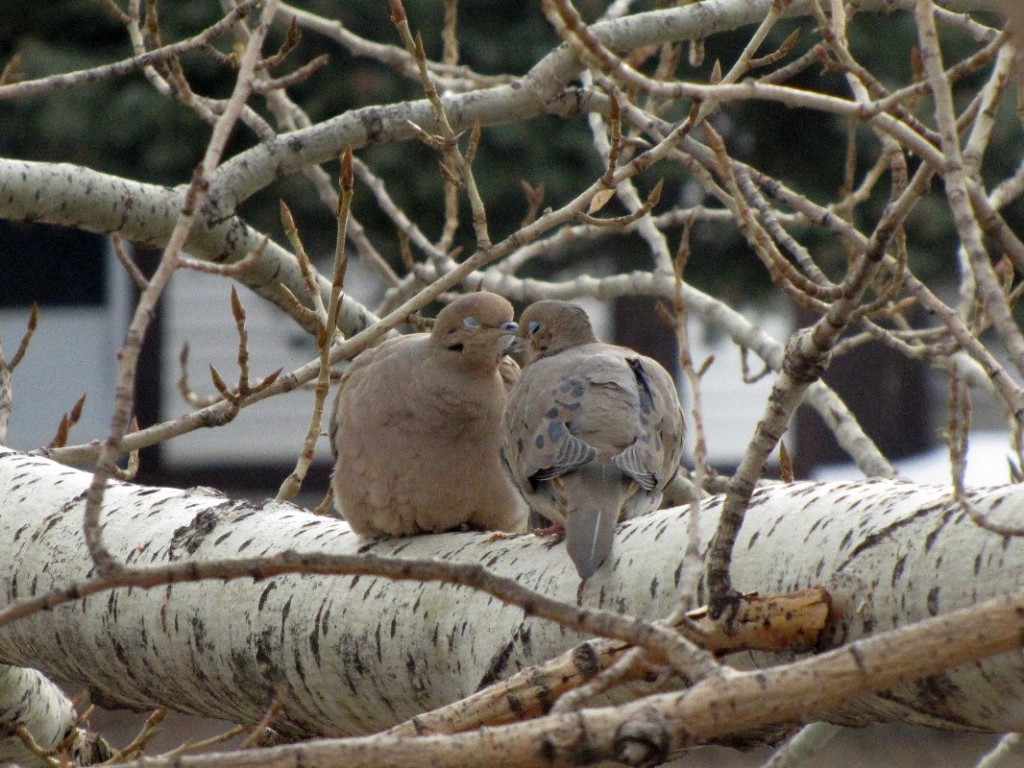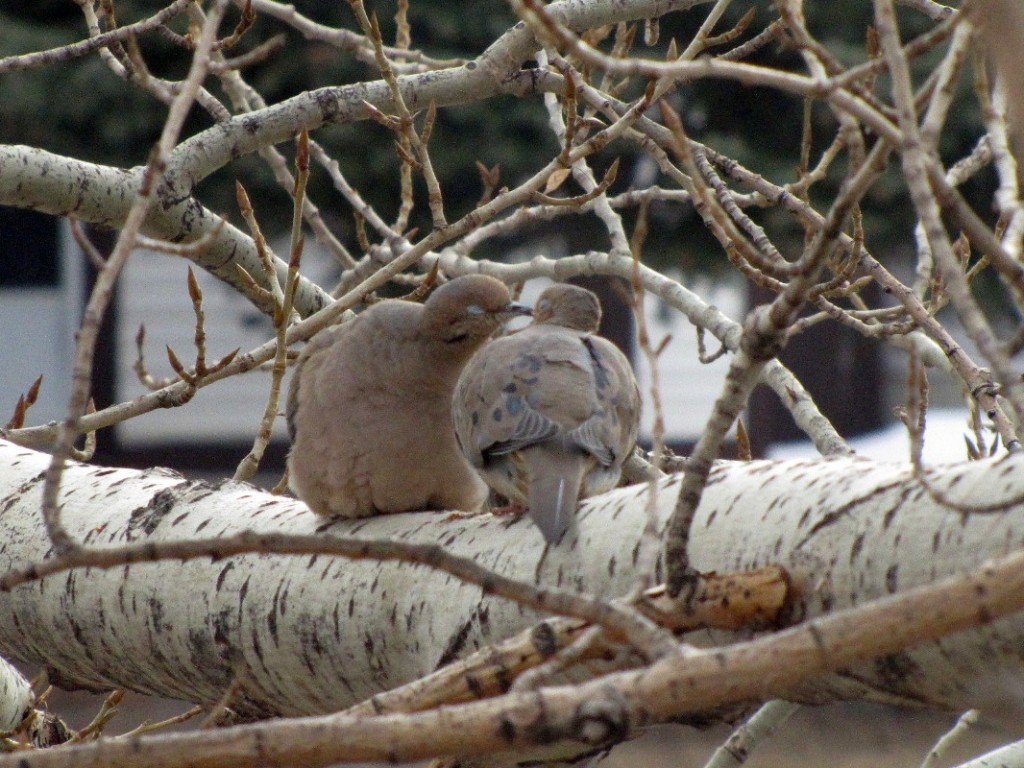The male Ring-necked Pheasant is a very colourful bird with a loud, harsh and raucous “koork-KOK”, call; one that often emerges from grasslands, deep brush and agricultural land. The pheasant is native to Caucasus and Russia and has been introduced all over the world as a popular game bird.
Ring-necked Pheasant
There is usually one male who guards his harem of plain, mottled females from other males, chasing them away during the breeding season. Pheasants are known to hunker down in a roost in very bad weather, going for days without eating. They nest and forage on the ground, eating seeds, wild fruits, nuts and insects.
I had my own special encounter with a pheasant the other day. I rode my bike to Fish Creek and as I turned a corner, I came to within a couple meters of a pheasant. He was startled (so was I!) and in his haste to get away, slipped on ice! Definitely funny for me to see!
Elegance… This male Pheasant is trying to be as regal as possible.
He hits the ice as he runs away and is unprepared…
Whoa!!! He definitely wasn’t ready for this!
Dignity regained… Or so he thinks.
Posted by Matthew Sim

























